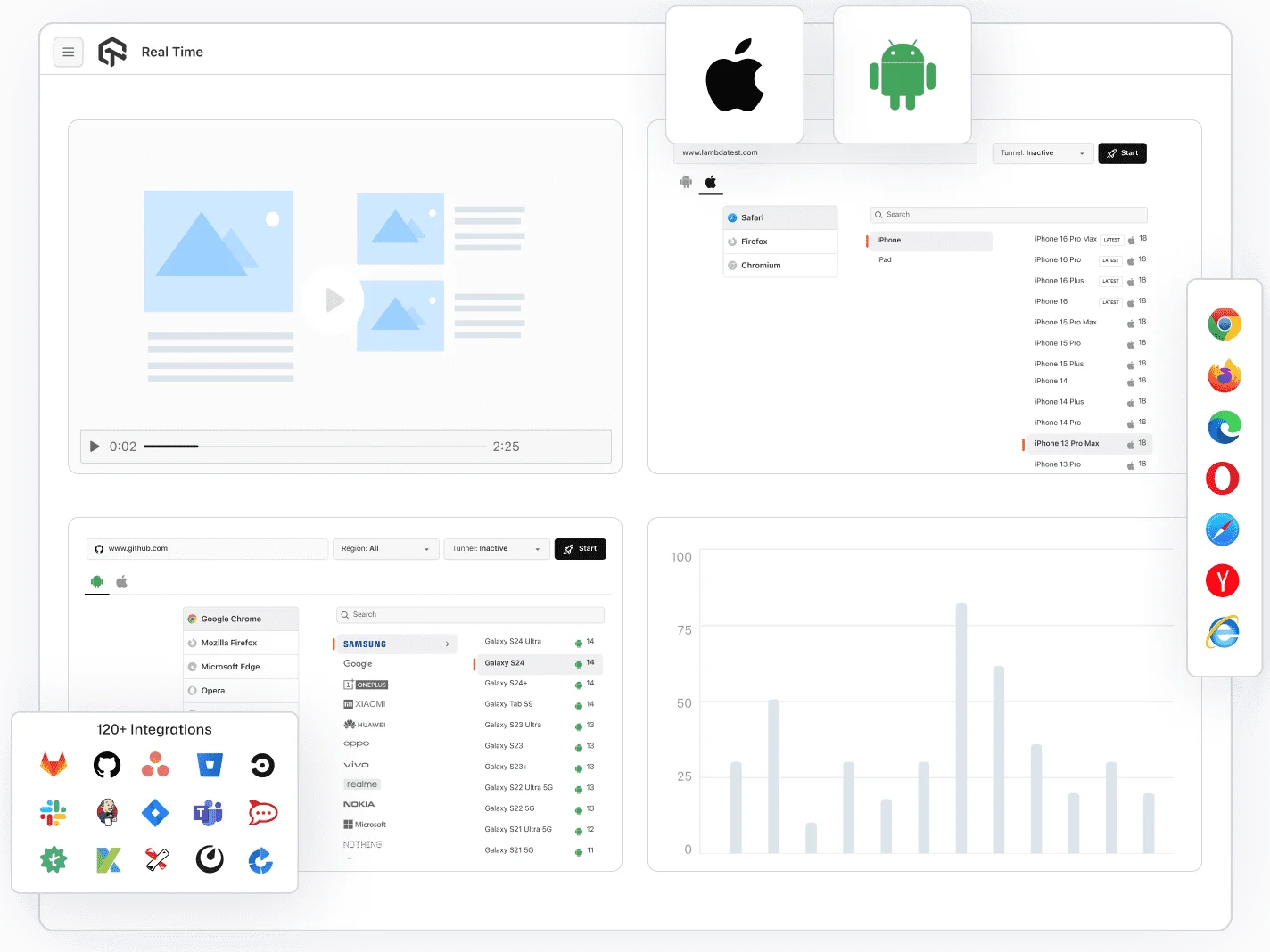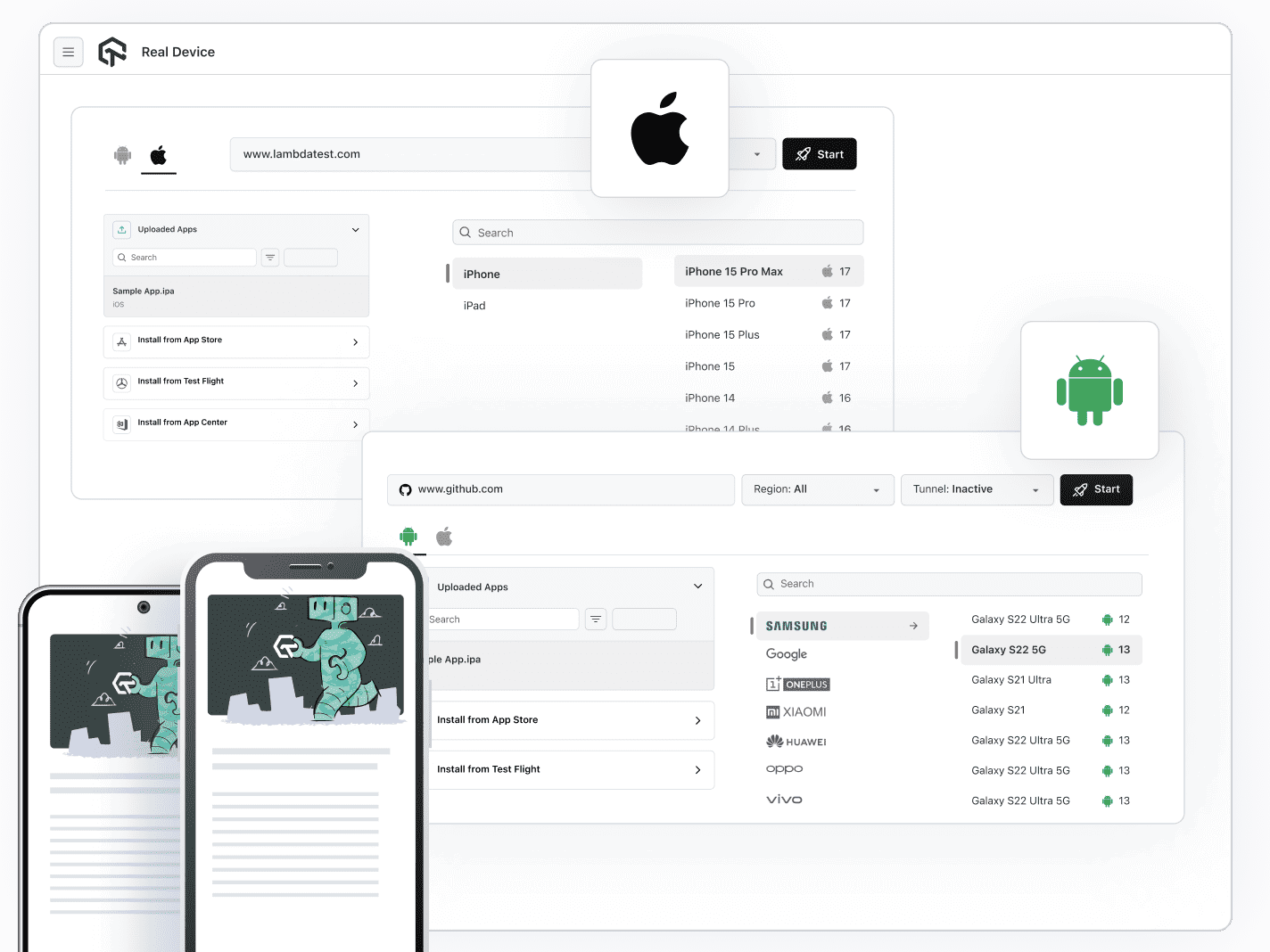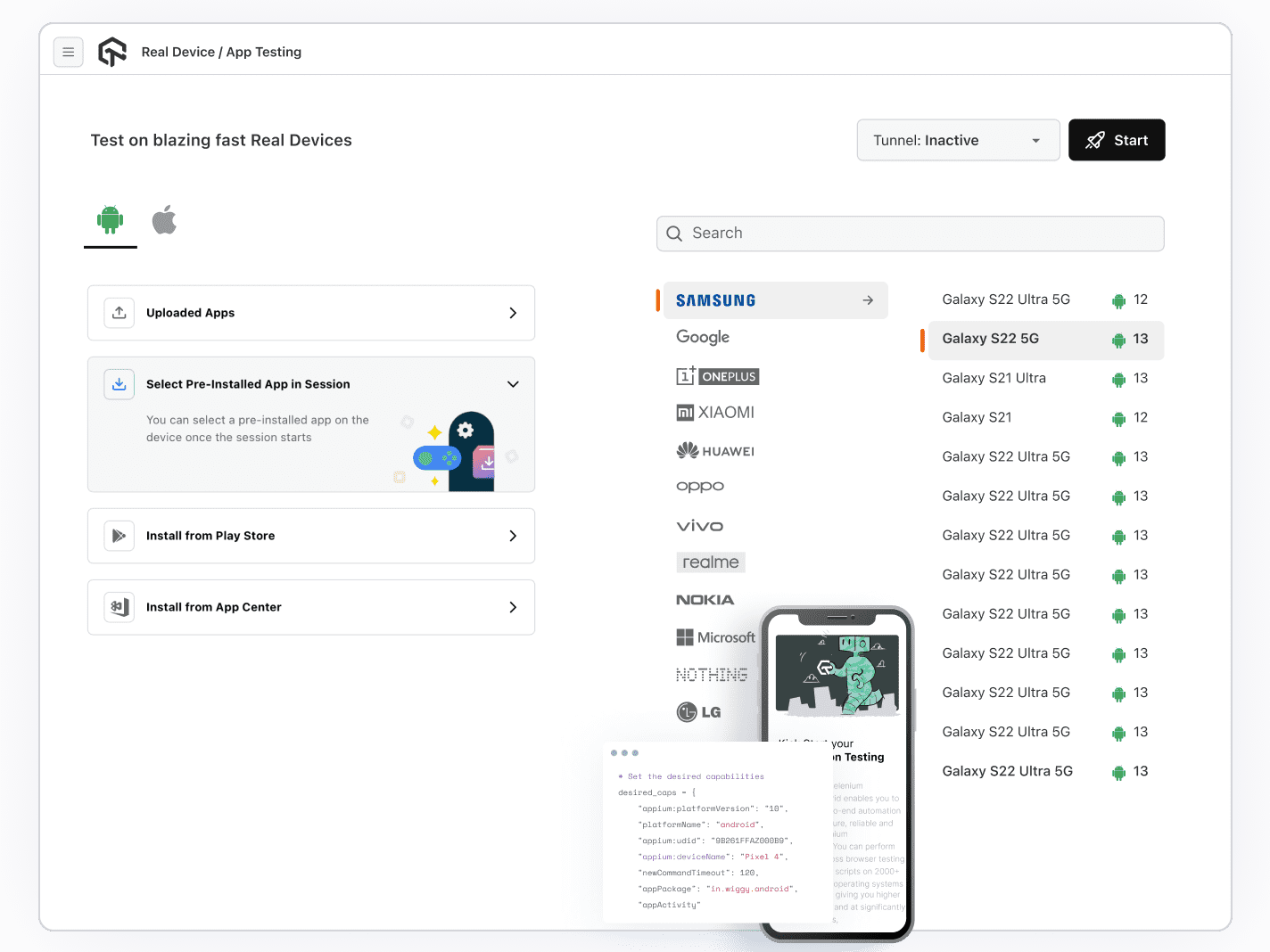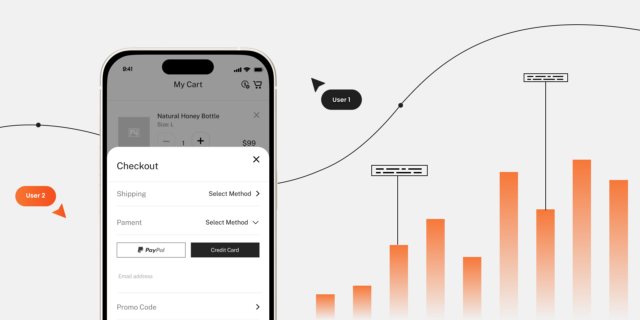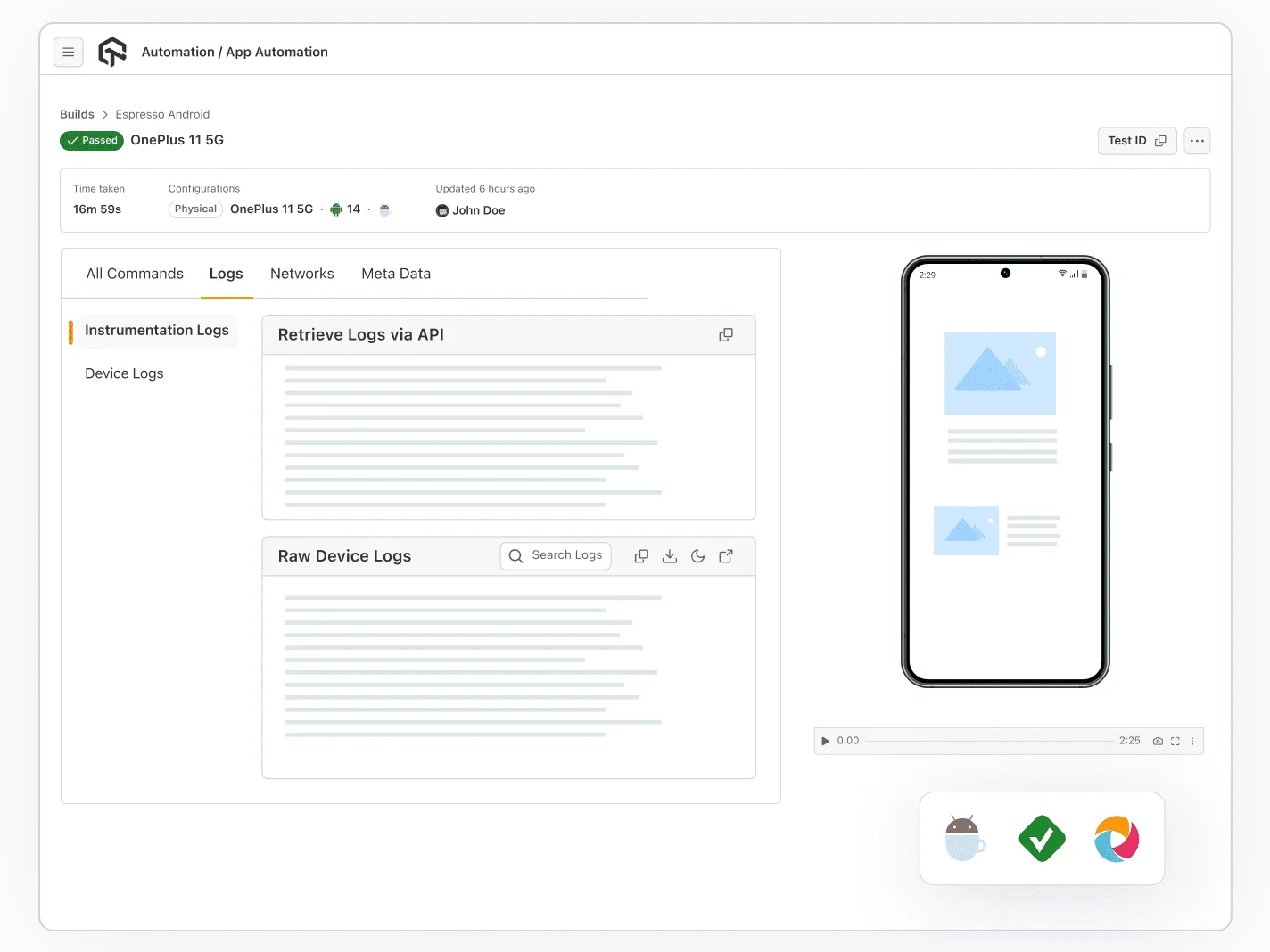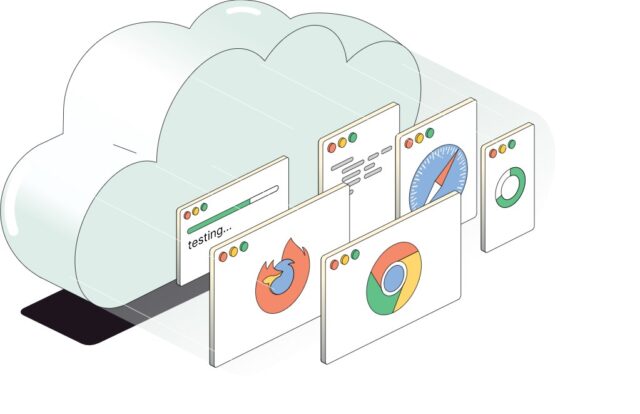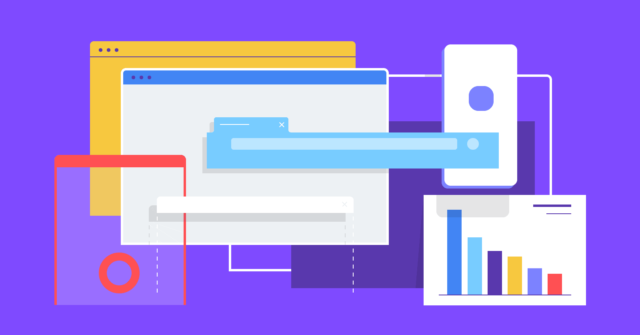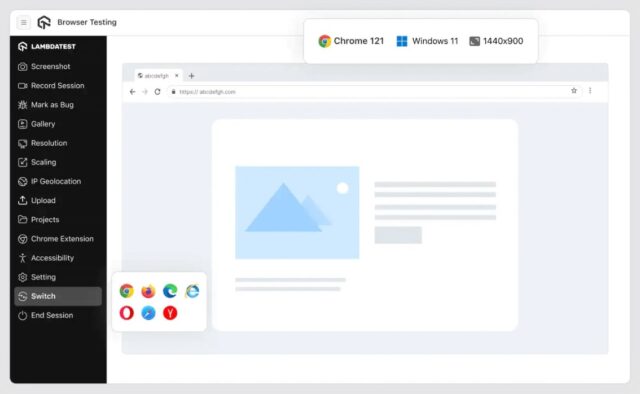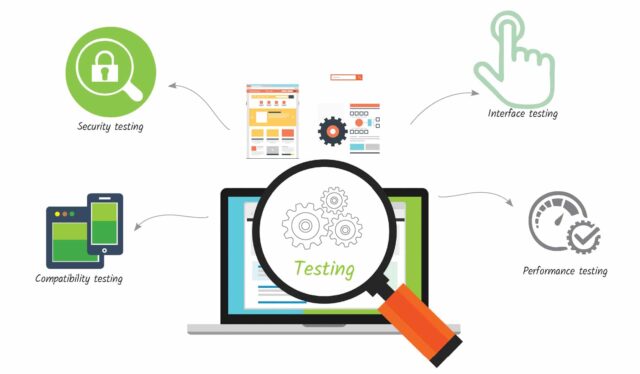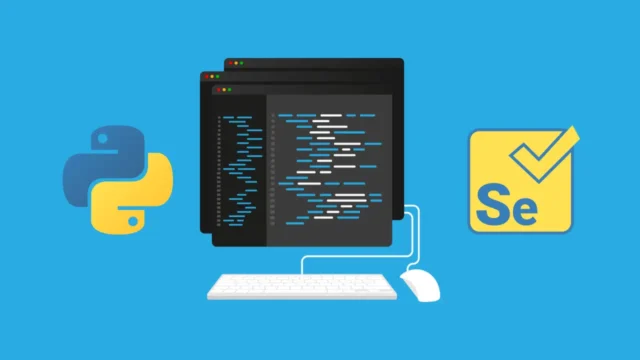5 Effective Website Strategy in Securing Important Client Data in the Digital Era
Protecting client data has never been more critical. With online services growing, websites must prioritize security to guard sensitive information. Hackers and cyberattacks target businesses daily, seeking ways to exploit vulnerabilities. Without proper measures in place, client data could be at risk.
Encryption, firewalls, and multi-factor authentication are just some tools that can offer a protective layer. Website providers must stay proactive, using advanced strategies to keep client information safe.
Effective website security also involves constant monitoring of threats. Each website visit brings a potential risk, making vigilance key to preventing breaches. Educating users adds another layer of defense, guiding them toward better security habits.
1. Data Encryption
Data encryption stands as a fundamental security measure for protecting client information. By converting data into a secure code, encryption ensures that only authorized users can access it. When client data is transmitted to a server, encryption prevents it from being intercepted by unauthorized parties. Tools like SSL (Secure Socket Layer) and TLS (Transport Layer Security) are widely used to create secure connections between browsers and servers.
Checking for encryption is simple. Look for the padlock icon next to the website URL. That indicates the website has SSL in place, securing your data during transmission.
2. MFA Technology

Multi-Factor Authentication (MFA) adds an extra layer of security beyond just a password. It requires users to provide additional verification, such as a code sent to their phone or email. This makes it harder for unauthorized individuals to gain access to accounts, even if they manage to steal a password.
Websites that implement MFA significantly reduce the risk of hacking. By requiring multiple forms of identification, MFA strengthens account security and protects sensitive client data from potential breaches.
Key Benefits of MFA Technology:
- Enhanced security ─ Requires multiple verification steps, making it difficult for hackers to gain unauthorized access.
- Reduced risk of data breaches ─ Even if a password is compromised, additional authentication methods act as a second line of defense.
- User-friendly ─ Simple to set up and use, ensuring a seamless experience for users while enhancing security.
- Increased trust ─ Clients feel safer knowing their data is protected by advanced security measures.
3. Use of Firewall and Web Application Firewall (WAF)
Firewalls act as a shield between a website and potential cyber threats, blocking unauthorized access and protecting sensitive data. A Web Application Firewall (WAF) focuses specifically on securing web applications, defending against targeted attacks such as SQL injection or cross-site scripting (XSS).
Pros:
- Prevents unauthorized access ─ Firewalls block unwanted traffic and restrict access to sensitive data.
- Protects against targeted attacks ─ WAFs specifically defend web applications from common threats like SQL injection and XSS.
- Continuous monitoring ─ Provides real-time protection by detecting and blocking suspicious activity.
Cons:
- Performance impact ─ Firewalls can sometimes slow down website performance due to their constant monitoring.
- Cost ─ Advanced firewall solutions, especially WAFs, can be expensive for small businesses.
- Requires maintenance ─ Regular updates and monitoring are necessary to keep firewall protections effective.
4. Threat Monitoring and Detection System

Securing data is not only limited to certain security technology, websites that are always active in visits must always be ready to actively monitor their systems and must also be able to detect all activities that may be suspicious in some time, this is of course also to prevent cyber attacks.
Online gaming platforms, especially those involving financial transactions like online gambling or games like slot 4d are prime targets for cybercriminals due to the large volume of personal and financial data exchanged. Users often need to deposit money to play games or place bets, and any winnings can be withdrawn, making these platforms reliant on secure financial exchanges.
IDS (Intrusion Detection System) and IPS (Intrusion Prevention System) are security solutions designed to detect and prevent such cyberattacks.
In addition, user activity logs also need to be monitored to detect unusual patterns. If, for example, there is an attempt to log in from drastically different geographic locations in a short period of time, the security system must immediately block access or send a warning notification to the user.
5. User Education
The last effective step and strategy is to increase user education about security practices and how to prevent good and correct digital attacks. The reality that often occurs is not because of cyber attacks that weaken the system but because of frequent errors on the part of users who always use weak passwords or are easily tempted by phishing activities.
Provide security guidance to their users, such as how to create strong passwords, avoid suspicious links, and check the authenticity of emails or text messages they receive. By increasing user awareness of cyber threats, companies can reduce the risk of data leaks caused by individual negligence.

In conclusion
Securing client data on websites in today’s digital environment requires a multi-layered approach. Encryption technologies such as SSL and TLS ensure the safe transmission of sensitive information, while MFA adds an extra layer of security by requiring additional verification. Firewalls and WAFs protect against unauthorized access and specific types of cyberattacks, while continuous threat monitoring and detection systems help identify suspicious activities early.
Lastly, educating users on best practices for online security is crucial, as human error often plays a role in data breaches. By combining these strategies, websites can better safeguard valuable client data from potential threats.


